My life often feels like a never-ending to-do list. Every time I get to cross off one item from the list, another five more are added, keeping me in a perpetual state of “doing something.” My lists are everywhere—assignment lists in my agenda, a job application list that sits menacingly on my desktop, and a more general “get my sh—t together” list that consistently hovers in my mind, occasionally making its way to a post-it note. As much as I love the satisfaction of crossing off an item, I often feel overwhelmed by how much list-making goes on in my life, and how I can never seem to complete any series of tasks in the time I would like to. There’s one list, however, that I love with all my heart, and that I look forward to expanding at any chance I get. It’s my Master Bucket List.
The Master Bucket List, as I like to call it, is composed of several sub-categories of lists that merge into a giant “life to-do” list. The Boston College bucket list (now, sadly, the senior bucket list); the New York (my home state) bucket list; the travel list; names of restaurants to try list; list of books to read; and movies to watch list. These sub-lists are scattered in various locations—on my phone, in notebooks, hanging on my wall, and pinned on my Pinterest board. I love having all of them in different places, since they serve as a constant reminder to always explore and never be bored.
Recently, I came across an article in The New Yorker titled “Kicking The Bucket List,” which grabbed my attention right from the headline. Deriving from the phrase “kicking the bucket,” the concept of the bucket list has gained widespread popularity as a way to make the most of life before death inevitably arrives. Writer Rebecca Mead even notes that the term may be appealing because it rhymes with the phrase “f—k it.” A bucket list is fun because you can incorporate things that you may never do—lofty dreams, crazy ambitions, and “why not?” adventures. A bucket list is more flexible and less pressuring than a to-do list, and it reminds us of just how much the world has to offer.
Recently, President Barack Obama took a quick trip to Stonehenge after attending a NATO summit two weeks ago, explaining that he “knocked it off the bucket list right now” when he had the chance, even if it was only for a brief visit. If our good ol’ president has a bucket list, then it must be pretty great, right?
According to the author, not necessarily.
Having a bucket list, Mead explained, may inadvertently result in a “commodification of cultural experience,” in which artworks and explorations are reduced to items soley on a list that exist to be crossed off, rather than to be encountered and engaged with several times. She warns that the “YOLO-ization” of experience can lessen the value of “repeated exposure to art and culture,” leading to a constant search for the new.
In some senses, I think Mead has a point. I have a voracious appetite for books, but I rarely read a book twice—it seems impossible when my personal library is always growing with new texts just waiting to be opened. I’ve been to several major museums—the MFA, the Met, the MoMa, the Louvre, and the British Museum—but have I really seen all of them? Certainly not to the fullest extent. I love all things new and unknown, and I embrace any chance to expand my “experiential resume,” as Mead calls it.
To counter the effect of cultural commodification, my response would not be to abandon your bucket list entirely. My favorite part of bucket lists is also what can save them from “YOLO-ization”: completing the list with people you love. When you repeatedly share an experience with friends and family, it becomes new each and every time. I’ve been to my favorite crepe place back home plenty of times, but if someone I know hasn’t been there before, I want to be the one to take her—just to see her experience something I love for the first time. Before this summer, I had never seen The Godfather, which comes as a shock to anyone who knows me because I’m 100 percent Italian. I’m grateful to my mother for watching it with me, even though she’s seen it 10 times. And when I was lucky enough to go to Italy for the second time last summer, I was adamant that we revisit the cities we had already seen a few years prior—in order to share the experience with more of my family members and deepen my appreciation for the beautiful architecture and artistic gems.
So, I won’t be kicking my bucket list anytime soon, but maybe I’ll change my approach. Rather than take a pen or eraser to the list, I can make a new one—a list of things to do once more, and places to visit anew. Most importantly, I’ll be taking along anyone who’s interested in sharing my adventures. And if you need a friend, come find me—I’m always up for the ride.
Featured Image by Emily Sadeghian / Heights Editor

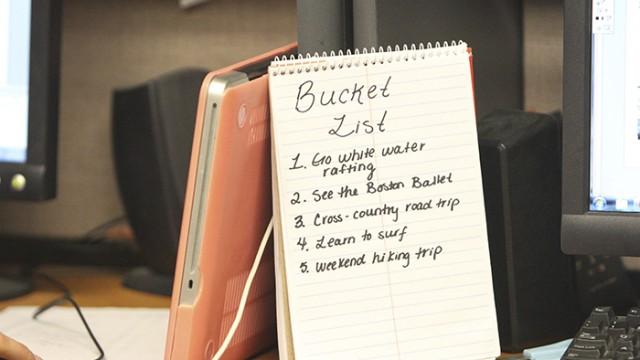

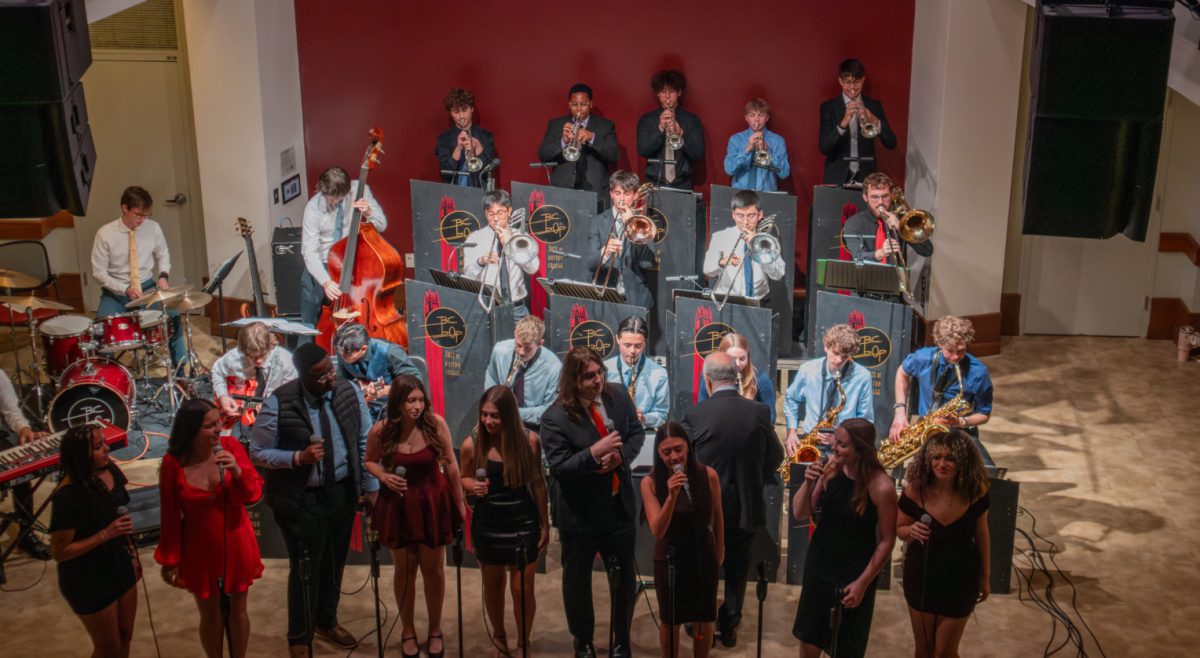
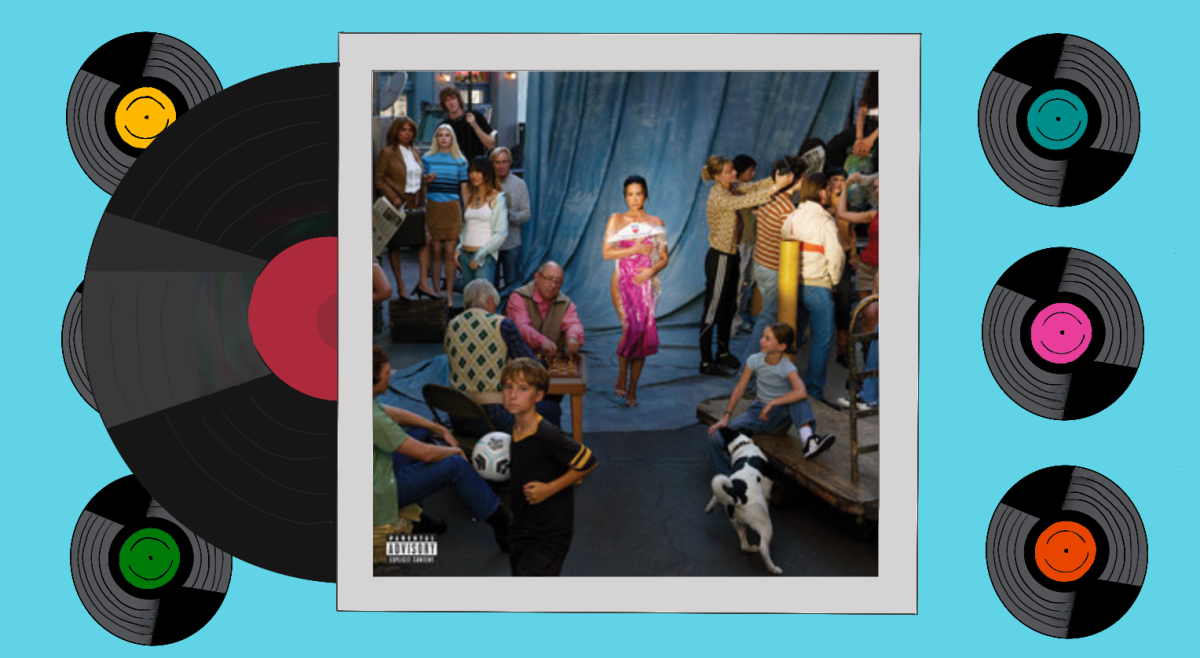
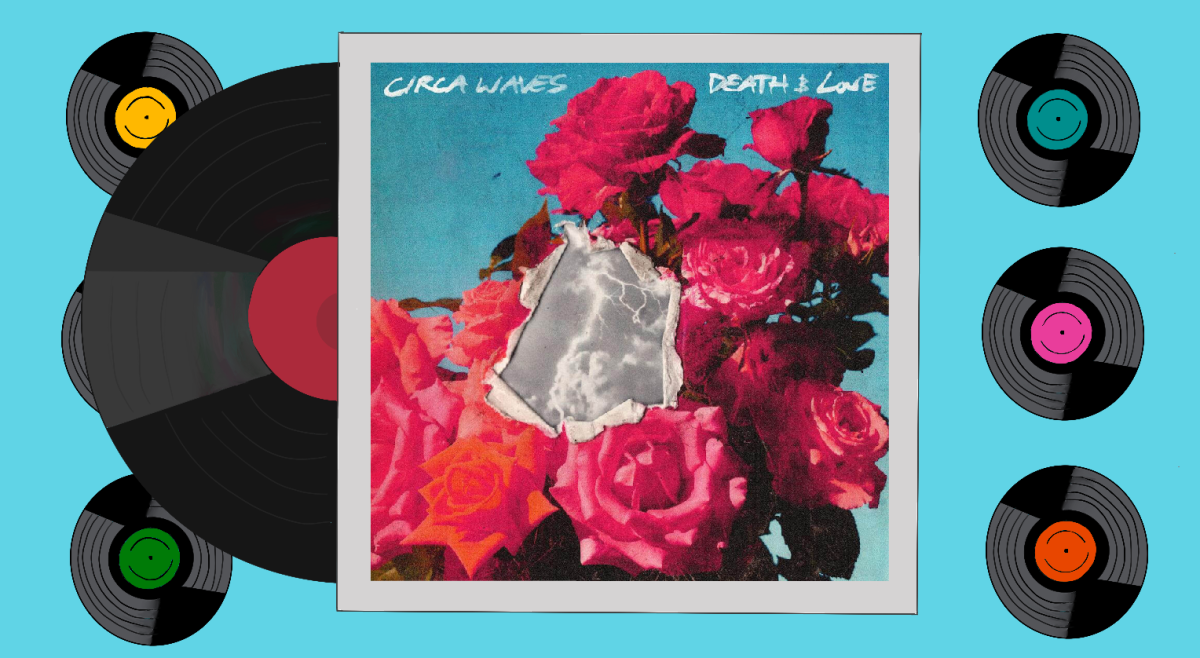
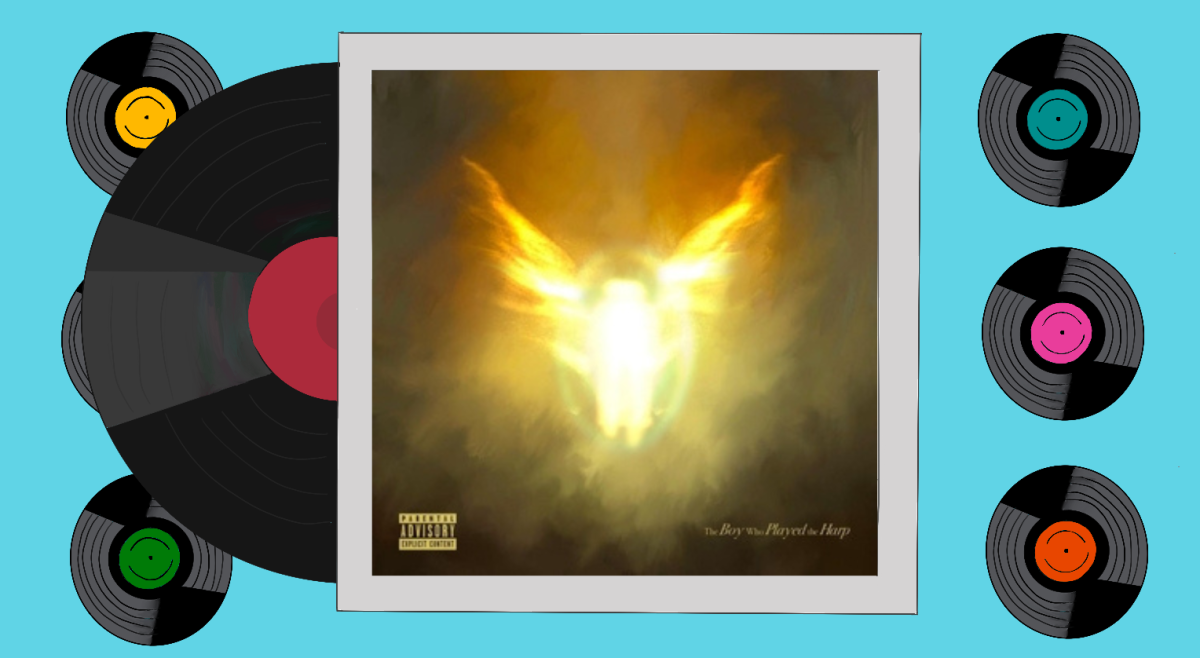

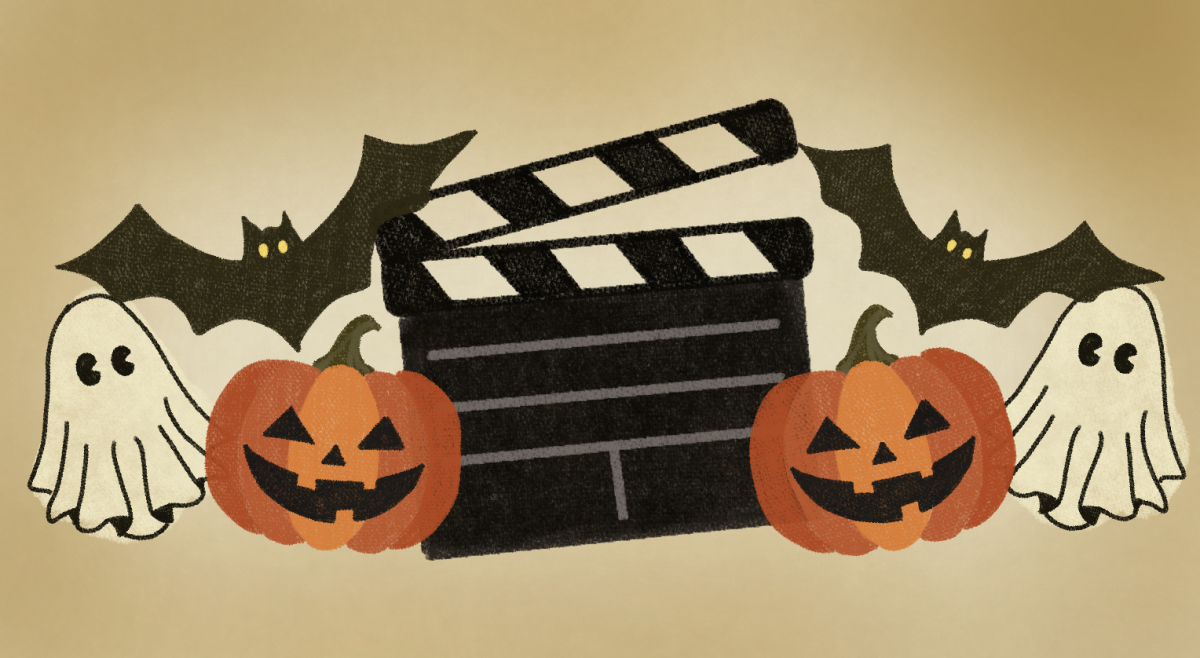
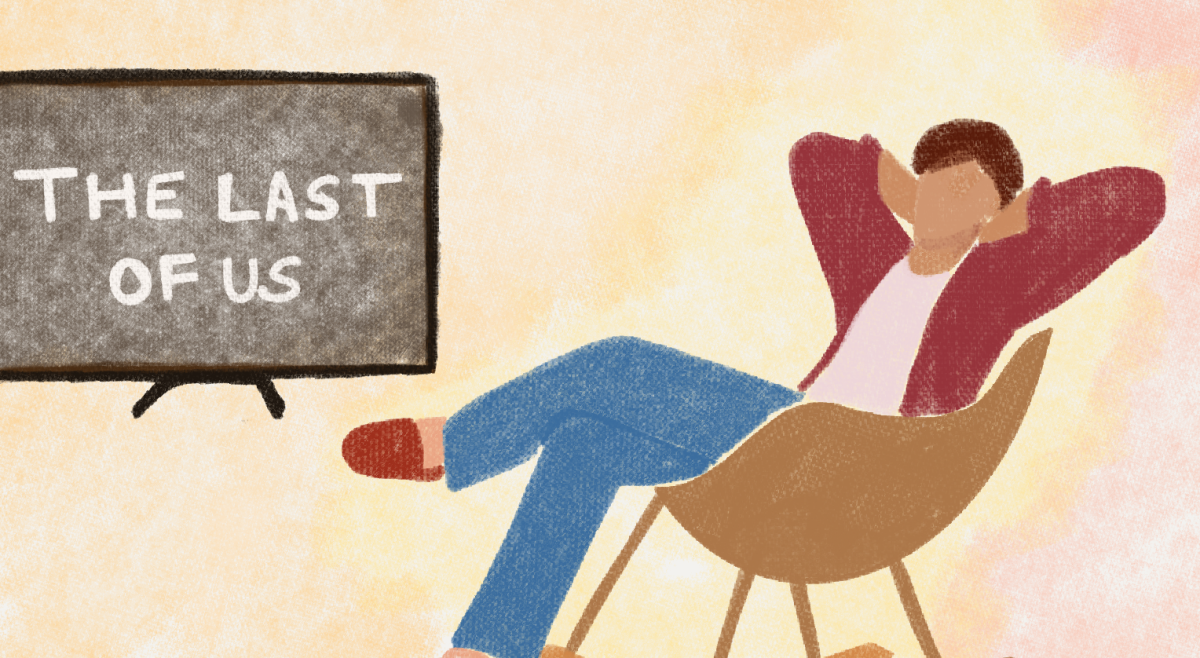
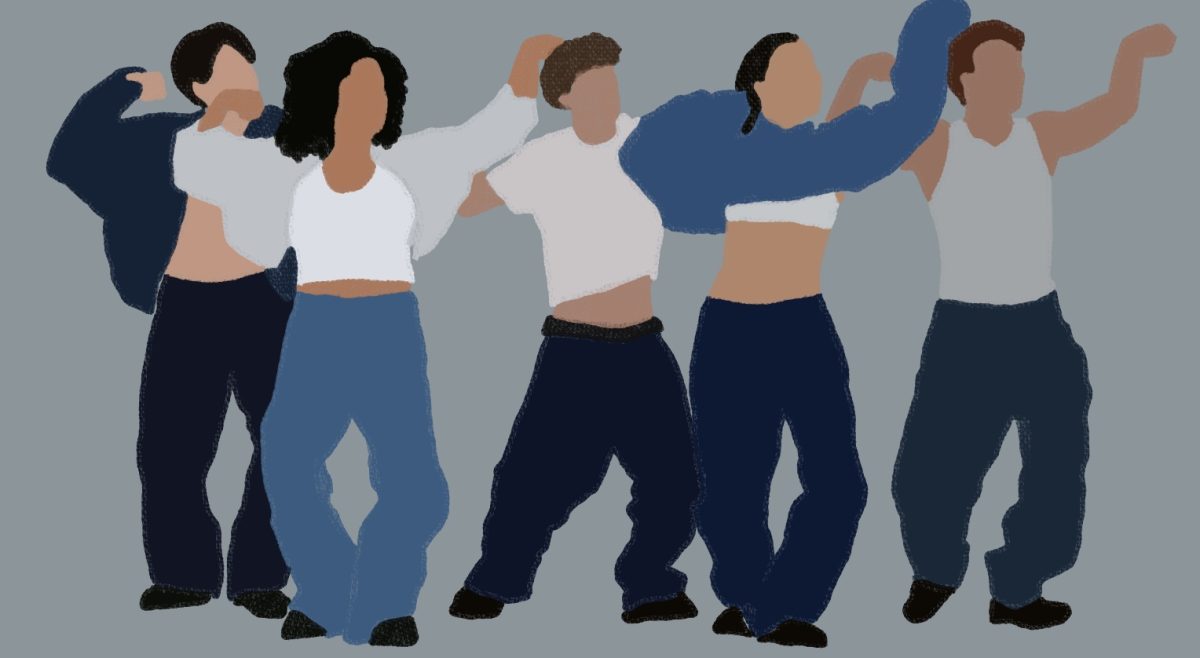

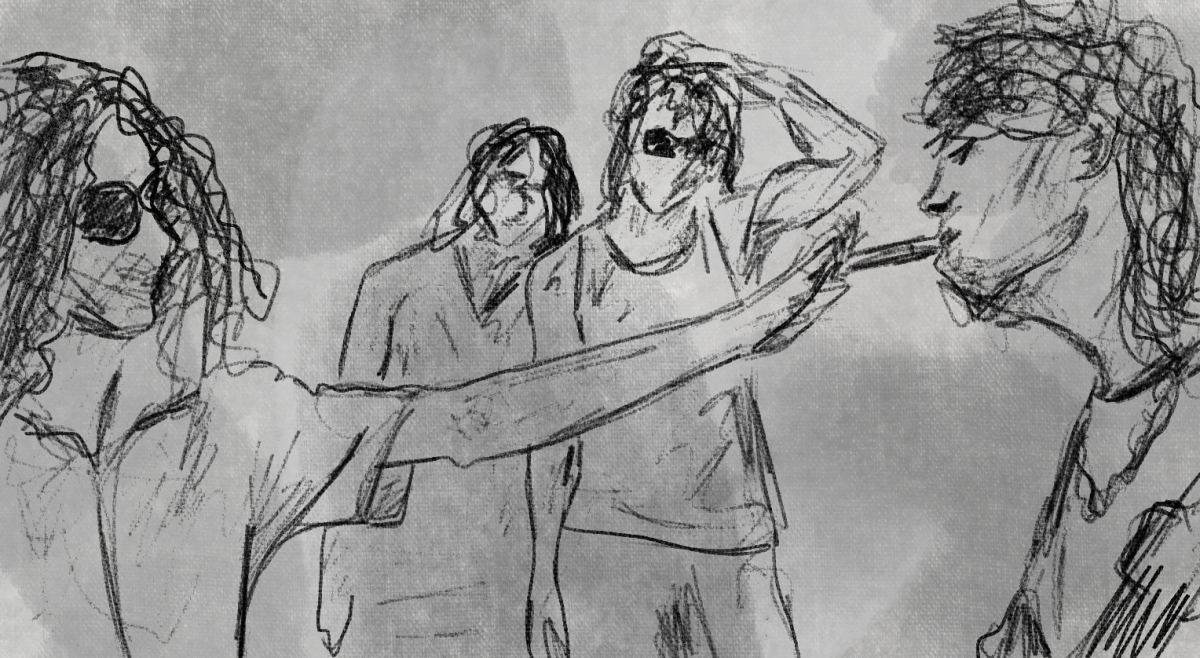
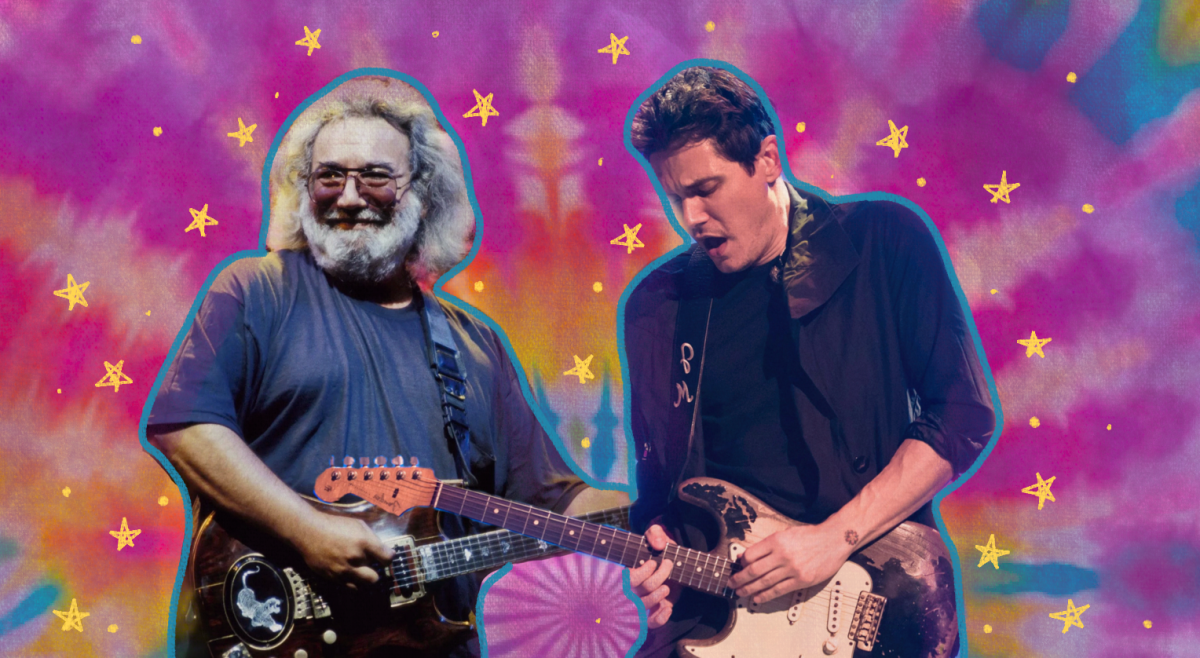






Susan Apel • Sep 30, 2014 at 9:28 pm
http://wp.me/p3L1PG-41
Interesting response to Mead. See above for my response, on the importance of bucket lists for older people